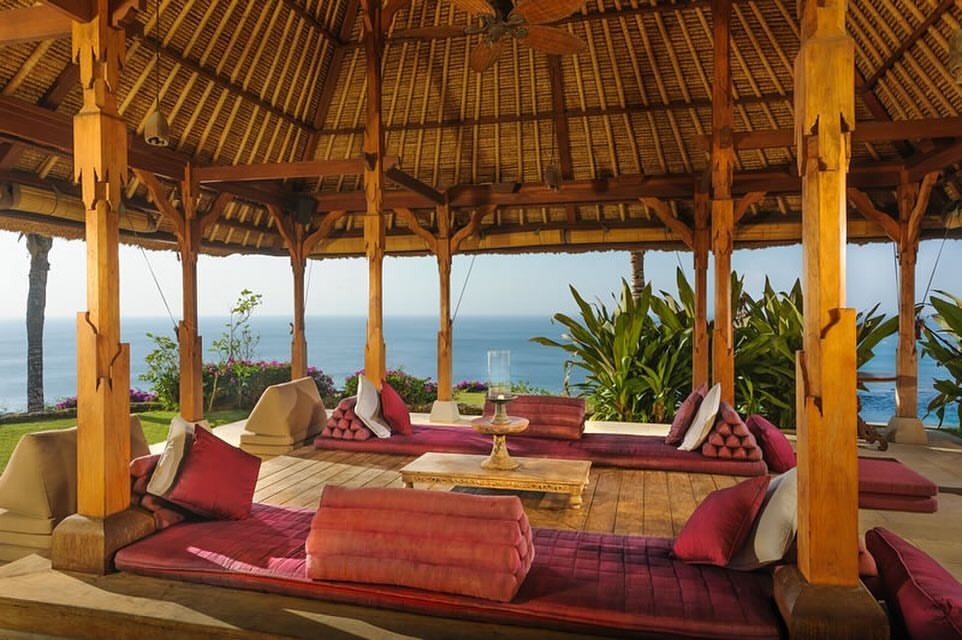Bali, often called the Island of the Gods, is a treasure trove of underwater wonders. Its vibrant coral reefs and abundant marine life make it a top choice for divers from all over the globe. But as the world increasingly shifts towards eco-friendliness, it’s heartening to see that many diving spots in Bali are not just stunning but also committed to sustainability. Let’s dive in (pun totally intended) and explore the best eco-friendly diving spots in Bali.
An Unexpected Dive Adventure
It was a sunny day in January, and I found myself on a small boat headed to Nusa Penida, an island just off the coast of Bali. I had heard whispers about the stunning diving here, especially the Manta Point where massive manta rays gracefully glided through the waters. The anticipation was palpable.
As we donned our gear and prepared to plunge into the azure depths, our dive master, an enthusiastic local named Maha, shared the importance of reef conservation. Remember, he said with a twinkle in his eye, this isn’t just about seeing the fish and coral; it’s about protecting them too. It was in that moment I realized that eco-friendly diving experiences would not only enrich my adventure but would also contribute to preserving Bali’s underwater beauty.
1. Manta Point, Nusa Penida
Manta Point is one of the most famous dive sites in Bali. What makes it eco-friendly is not just the presence of the majestic manta rays, but also how local dive operators focus on sustainable tourism practices. They adhere to strict guidelines to minimize human impact on these magnificent creatures and their habitat.
While drifting through the blue water, I was mesmerized by the sight of three mantas swooping gracefully below me. I couldn’t help but let out a little gasp, which, thankfully, my regulator muffled. As I marveled at their elegant movements, Maha reminded us to maintain a respectful distance. After all, our actions directly affect these incredible animals and their environment.
Practical Tip: Always choose a dive shop that emphasizes environmental ethics and supports local conservation efforts. Look for certifications or partnerships with organizations focused on marine protection.
2. Tulamben
Tulamben is a gem for both beginners and experienced divers, featuring the famous USAT Liberty wreck. The approach here is truly remarkable—local operators have come together to promote eco-friendly diving practices. They organize regular clean-ups and contribute to coral restoration projects.
Diving here was nothing short of magical. As I swam through the wreck, schools of fish mingled with the rusting metal, creating a surreal tableau. It made me think of the power of nature; how something man-made could become a thriving marine ecosystem if given the chance.
Anecdote: I vividly remember a moment when I spotted a vibrant clownfish peeking out from a sea anemone, their vibrant colors popping against the backdrop of the wreck. I took a moment to appreciate how this wreck had transformed into a sanctuary, all because of the dedicated efforts of local divers and conservationists.
Practical Tip: Bring an underwater camera to capture the beauty but remember to keep your distance and not touch or disturb the marine life.
3. Amed
Amed offers a more tranquil dive experience, ideal for those looking to escape the hustle and bustle of southern Bali. Here, you’ll find an array of colorful coral gardens, and what stands out is the community’s commitment to eco-tourism.
What captivated me about diving in Amed was the sheer diversity of life. I was pleasantly surprised to see coral nurseries established by locals—this was more than a dive spot; it was an ongoing project to restore and protect the reefs.
Relatable Scenario: As I floated over the coral gardens, I couldn’t help but feel a pang of guilt for the times I hadn’t considered my impact on the environment. But witnessing the locals’ dedication was inspiring. It reminded me of my own role in supporting sustainability efforts through mindful travel choices.
Practical Tip: Consider taking part in a coral planting experience. It’s a hands-on way to give back and connect with nature.
4. Pemuteran
Last but not least, Pemuteran is another eco-friendly paradise worth mentioning. Known for its artificial reef projects, this area demonstrates how human ingenuity can positively impact marine ecosystems. The underwater gardens are rich with life, and diving here feels like swimming through a living museum.During my dive, I encountered an octopus camouflaged among the corals. Instead of the rapid movements often associated with diving, I took it slow, considering each creature I was privileged to witness. It was meditative—a reminder that diving should be about experiencing and appreciating the underwater world, not just checking off a bucket list.Final Thoughts: Choosing eco-friendly diving spots in Bali not only elevates your travel experience but also ensures that we leave behind a thriving ocean for future generations. Every dive has the potential to foster a deeper connection with marine life and inspire us to become stewards of the environment.
Wrap-Up: Dive Responsibly
Bali’s eco-friendly diving spots are truly special, allowing us to marvel at nature while also taking responsibility for its preservation. Whether you’re an experienced diver or just starting out, there’s an adventure waiting for you beneath the waves—one that comes with the promise of sustainability.So, pack your gear, choose an eco-conscious operator, and dive into the breathtaking beauty that Bali has to offer while ensuring you tread lightly on the ocean floor. Together, we can enjoy these wonders and ensure they continue to thrive for years to come!






